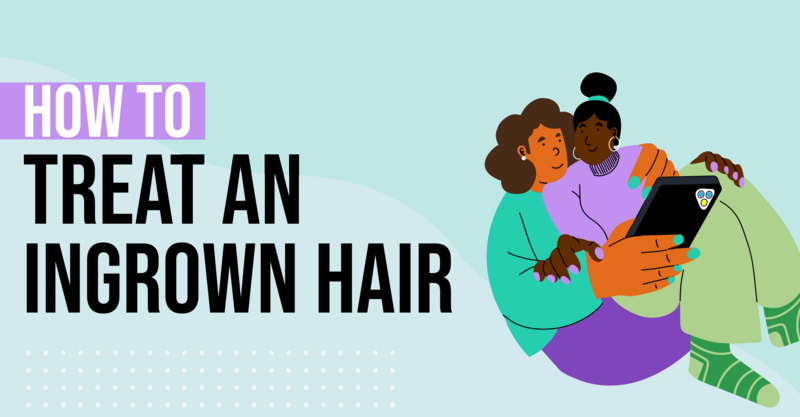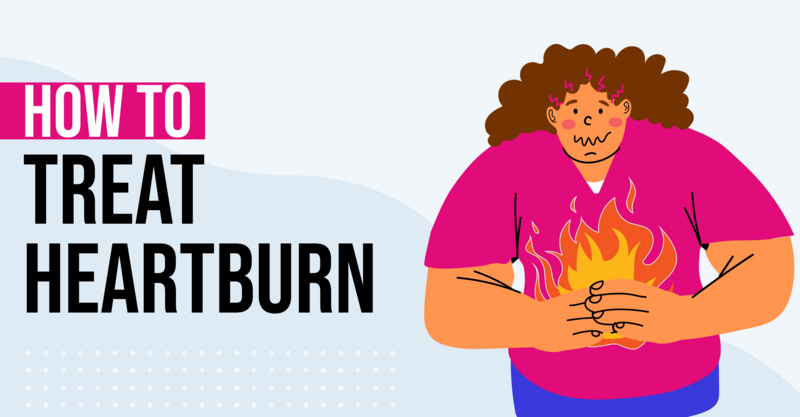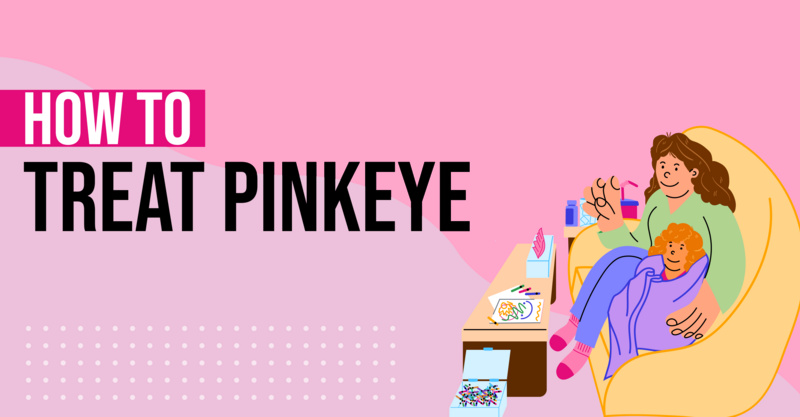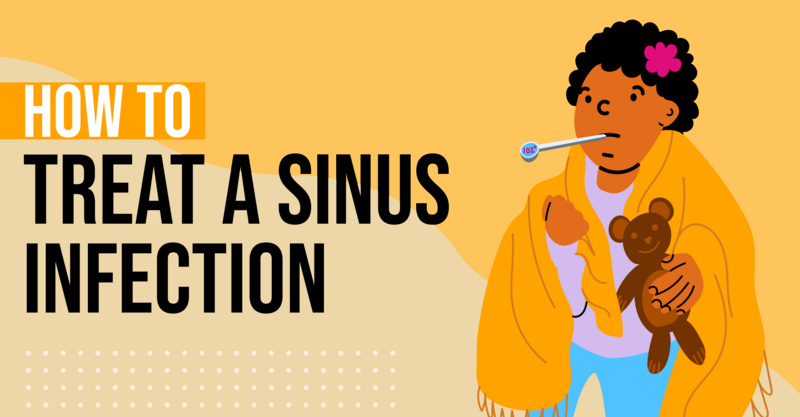Key Points
- Hangnails are small, stiff pieces of torn skin from the nail bed, often caused by dry air and skin, frequent hand washing, or nail biting.
- The Cleveland Clinic recommends a safe removal process to avoid infection, which includes washing hands, moisturizing, clipping the hangnail with sterile tools, and applying an antibiotic cream.
- Prevention methods include wearing gloves when washing dishes, not cutting cuticles, avoiding acetone products, and moisturizing hands daily.
- Most hangnails can be managed at home, but medical attention is necessary for certain conditions like diabetes, excessive bleeding, unhealed hangnails, spreading infection, or changes in nail color or strength.
A small, yet annoying problem that almost everyone can relate to is a hangnail. Don’t let the name fool you, the Cleveland Clinic clarifies that a hangnail doesn’t have anything to do with the nail—it’s a small and stiff piece of skin that is torn and juts up from the side of your nailbed.
Hangnails can be caused by dry air and dry skin (usually caused by using alcohol-based hand sanitizer or washing your hands frequently). People tend to deal with hangnails more frequently in the winter months because of this. Additionally, people who bite or pick their nails are more likely to get a hangnail than people who don’t, according to the Cleveland Clinic.
How to Safely Remove a Hangnail
Although you may be tempted to just rip the hangnail off, the Cleveland Clinic cautions against this—saying that this can cause unnecessary pain and leave you susceptible to infection. Instead, they detail the following steps for removing a hangnail safely:
- Wash your hands to remove germs and soften up your skin.
- Use a moisturizer (or Vaseline) on your hands, especially on the hangnail area to prepare your hangnail for removal.
- Gently clip the hangnail using a pair of sterile nail clippers or cuticle cutters. Be careful not to press too deep. If you start to bleed, hold pressure until the bleeding stops.
- Moisturize again or use an antibiotic cream to help protect the hangnail area from infection.
How to Prevent Hangnails
Hangnails are easy to prevent, according to the Cleveland Clinic. They offer these tips:
- Wear gloves when washing dishes
- Don’t cut your cuticles
- Avoid using acetone products like nail polish remover
- Moisturize your hands daily
- Apply a thicker cream to hands and cuticles at night
When to see a Doctor for a Hangnail
Most hangnails can be taken care of at home, according to the Cleveland Clinic. However, there are some circumstances when you should see a doctor. They recommend that you see a doctor if:
- You have diabetes
- You have a medical condition that causes you to bleed a lot
- The hangnail doesn’t heal on its own in a week
- The infection moves from the hangnail to further down the nail or finger
- Your nail changes color or becomes weak
Frequently asked questions
What causes hangnails?
Hangnails are often caused by dry air and skin, frequent hand washing or the use of alcohol-based sanitizers, and nail biting or picking.How can I safely remove a hangnail?
You should first wash your hands to remove germs and soften the skin. Then moisturize the hangnail area, carefully clip the hangnail with sterile nail clippers or cuticle cutters, and re-moisturize or apply an antibiotic cream to protect against infection.What can I do to prevent hangnails?
You can prevent hangnails by wearing gloves when washing dishes, not cutting your cuticles, avoiding products with acetone, and moisturizing your hands daily, with a thicker cream applied at night.When should I seek medical attention for a hangnail?
You should seek medical attention if you have diabetes, a condition causing excessive bleeding, a hangnail that doesn't heal within a week, an infection spreading beyond the hangnail, or changes in nail color or strength.Are hangnails more common in winter?
Yes, hangnails are more prevalent in winter months due to the dry air.Can frequent hand washing cause hangnails?
Yes, frequent hand washing can exacerbate dry skin and lead to hangnails.Can nail biting cause hangnails?
Yes, nail biting or picking can often lead to hangnails.Are hangnails a sign of any serious health conditions?
Not typically, but if you notice changes in nail color or strength, or if a hangnail doesn't heal within a week, it's recommended to seek medical attention.
Solv has strict sourcing guidelines and relies on peer-reviewed studies, academic research institutions, and medical associations. We avoid using tertiary references.

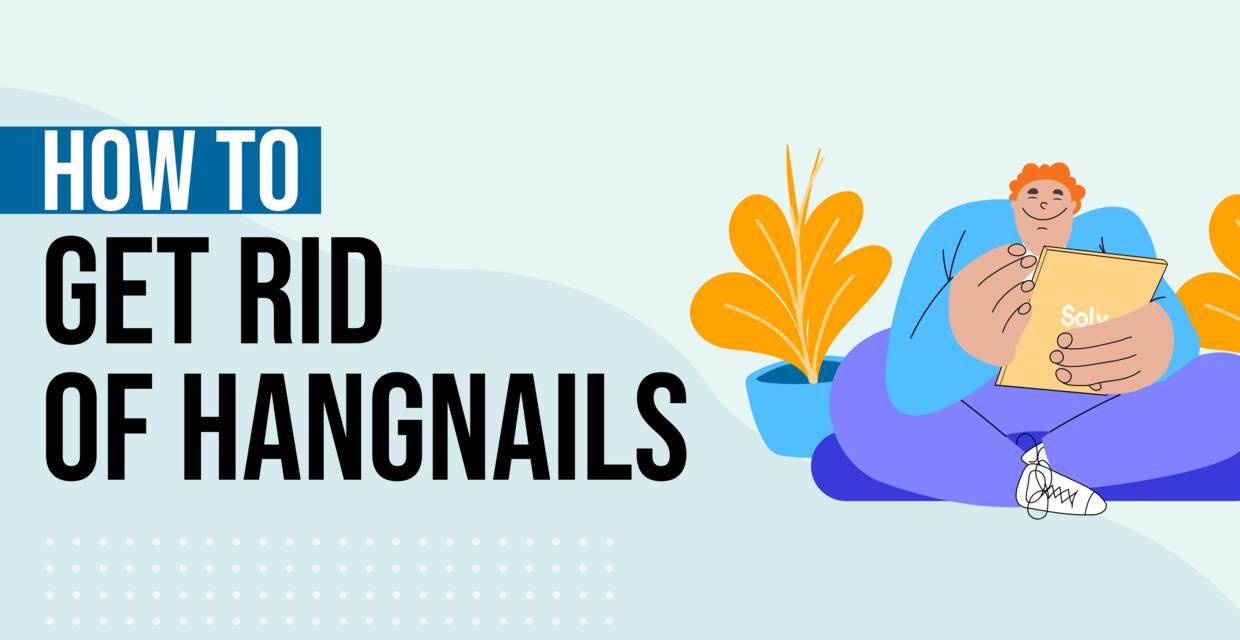
 LinkedIn
LinkedIn



